7. Playtime (Jacques Tati, 1967)
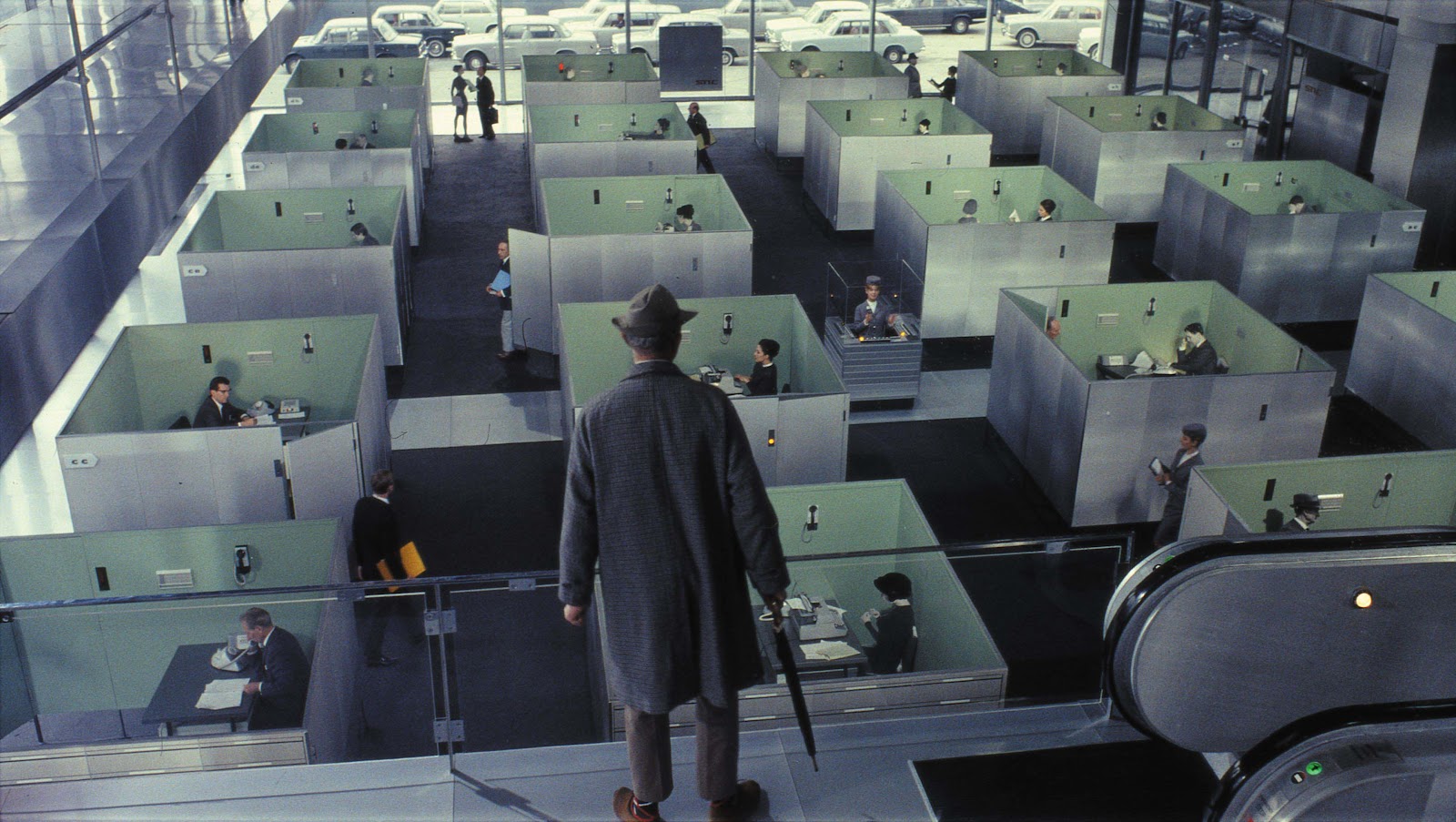
As an ambitious actor-director with a passion for mime and farce, Jacques Tati always walked the thin line between film and stage; with “Playtime”, his ambition to make a grandiose celebration of farce led him to cross this line.
There is no real plot – the film is just a series of sketches taking place at an exhibition in a futuristic Paris, as the occasion to explore the way of life of a not-so-playful future.
What marks the perfect fusion of approaches in Tati’s movie is the use of depth-of-field, with long takes based on simultaneous actions on multiple levels of the shot. Every shot in “Playtime” works as a system of frames within frames, in which the camera can move freely and reveal details by changing its angle or be completely still.
Frames, windows, and mirrors concur to split and multiply the action in a myriad of interacting pieces. The treatment of cinematography and physicality allows Tati to forge a multifaceted imagery that pushes cinema to the top of its potential.
6. The Inner Scar (La cicatrice intérieure, Philippe Garrel, 1972)
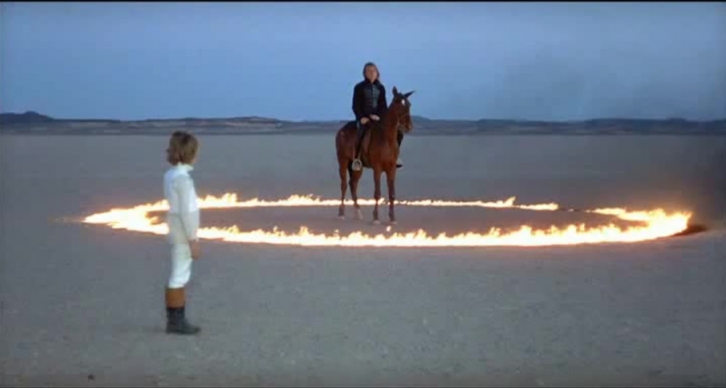
Philippe Garrel had shown his talent in 1968 with “Le Révélateur”, an experimental silent film telling the story of a family in a post-apocalyptic future. “The Inner Scar” starts from the same premise: a man, a woman, and a child wandering in a desolate land, looking for a meaning.
Driven by an outstanding performance by German singer Nico, the film develops in a series of independent tableaux. Shot on natural locations in Morocco and Iceland, its aesthetic mainly consists in the interaction between the actors’ physical – rather than verbal – performances and the evocative scapes of wild nature.
As a collage of monologues, posing, and walking, “The Inner Scar” manages to unfold the exoteric mysticism of a journey through the depth of the soul, thanks to Garrel’s severe direction; long tracking shots merge the actor’s physicality and the fascinating landscapes of the wilderness, while the almost total lack of dialogue emphasizes non-verbal expression. It is a film that is both audacious and severe, by which Garrel emerges as one of the most original filmmakers of the French New Wave.
5. Persona (Ingmar Bergman, 1966)

One of Ingmar Bergman’s most obscure films, “Persona” is a breathtaking dive into the deepest recesses of the human psyche. An actress (Liv Ullmann) who chooses mutism as her defense against the world and a nurse (Bibi Andersson) with a troubled past, the film is the perfect combination of theatricality and cinematic inventiveness.
The theatrical implant is referenced from the title itself; persona is the Latin term for mask, and the entire movie confronts its characters with the concept of identity, while also stressing their dynamic as a balance of forces.
Most of “Persona” is set in a house on an island in which the two women develop strong empathy toward each other, with the nurse talking and the actress listening carefully; the relationship implies a fascinating inversion of roles, with the actress as the apparently passive receiver and the nurse driving the listener into her inner world.
This is what allows Bergman to play with the assumptions about role and identity, leading the characters to a face-off which ultimately will dissolve their personalities into one enigmatic mask.
4. Russian Ark (Aleksandr Sokurov, 2002)
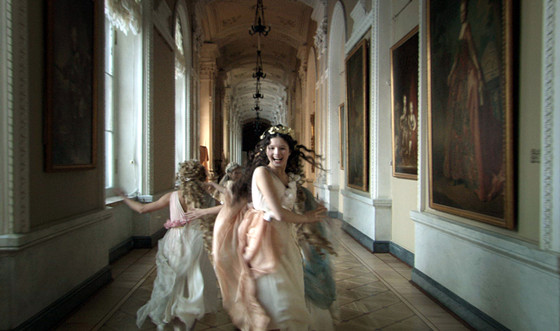
When “Russian Ark” was released in 2002, what mostly attracted critics was its technical innovation; never before had it been possible to shoot a film in a single take without resorting to editing tricks. But the greatness of Aleksandr Sokurov’s film is far more than its technical elements.
What frees “Russian Ark” from the usual constraints of filmmaking is a typically thespian characteristic – a continuous performance through homogeneous time and space, achieved not in post-production nor assumed before filming but, instead, born during filming itself.
“Russian Ark” can be watched as an uninterrupted stage performance, with the Hermitage Museum as the set of multiple simultaneous scenes, conjoined by the camera which flows like an invisible voyeur through the grand theater that is the Court of Tzars. The State is mostly seen through its apparatus, its ceremonies and protocols, always oscillating between stage and offstage.
Sokurov is clearly aware of this dynamic; one of the first scenes shows the backstage of a play, while masks and costumes are a recurring element throughout the entire movie. The part when the two protagonists venture into a hall full of coffins (an ominous reminder of the horrors of war) shows that history is a stage act of which the backstage is precluded to the viewers.
3. The Last of England (Derek Jarman, 1988)
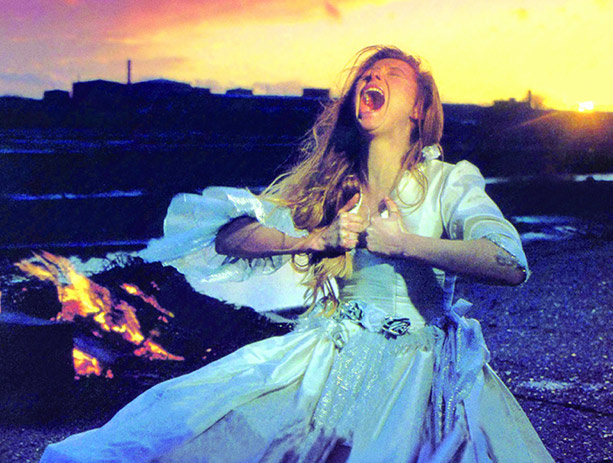
Derek Jarman was one of the most transgressive voices in British cinema; his eclectic body of work ranges from music videos (“The Queen is Dead” with The Smiths, 1986) to adaptations of Elizabethan plays (Shakespeare’s “The Tempest”, 1979), as well as films about pop culture (“Jubilee”, 1977). With “The Last of England”, Jarman defies the conventions of narrative film and casts a sharp look on the decline of his country.
“The Last of England” does not have a linear plot, but rather develops into a series of digressions, with a narrating voice (by actor Nigel Terry) tying together the fragments of this back-and-forth journey through England’s modern misery – the Thatcher politics, the Falkland War, Britain’s imperialism turned fascism.
All of the themes in “The Last of England” are displayed through shocking and sometimes enigmatic performances; a Falkland soldier having sex with other men, a queer dancer performing among the ruins, a deserted bride (Tilda Swinton) eating her bridal cloth, all of them exhibit incarnate despair, paranoia, and defeat, caught in the vertigo of hyperdynamic editing and camerawork. Wild, violent, and inventive, “The Last of England” is the film in which Jarman’s cinematic genius is expressed with the greatest spontaneity.
2. You and the Night (Les rencontres d’après minuit, Yann Gonzalez, 2013)

After showing his talent in a number of short films, French director Yann Gonzalez made his feature debut in 2013 with “You and the Night”.
The plot revolves around a couple of spirits (Kate Moran and Niels Schneider) who hold orgies at midnight in their home in modern Paris. Assisted by a queer maid (Nicolas Maury), the two spirits offer some mysterious figures to join them for the night: a Stud (Éric Cantona), a Bitch (Julie Brémond), a Star (Fabienne Babe), and a Youth (Alain-Fabien Delon), each narrating their past and what led them to accept the invitation.
The narration goes back and forth from the claustrophobic apartment of the couple to a prison cell, a cemetery, and other sceneries, all beautifully reconstructed on sound stages. Reminiscent both of theatrical and cinematic Surrealism (Mario Bava, Alain Fleischer, Maya Deren), the film juxtaposes a series of tableaux vivants that manage to drive the viewer into an oneiric journey through the night.
1. Venus in Fur (Venus à la fourrure, Roman Polanski, 2013)
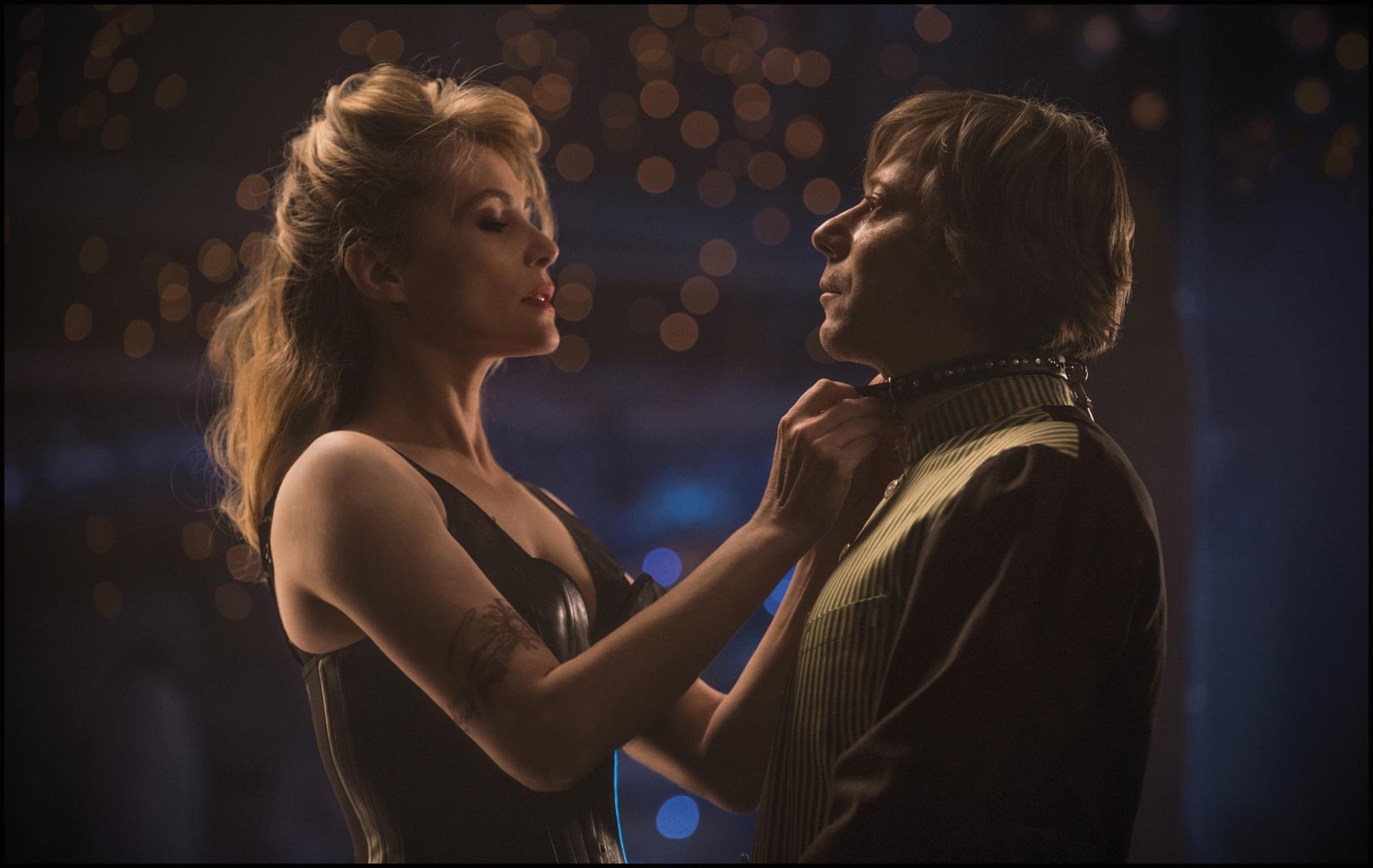
A director (Mathieu Amalric) is auditioning actors for his stage adaptation of Sacher-Masoch’s “Venus in Fur”. At night, a seemingly vulgar and inadequate actress (Emmanuelle Seigner) enters the theater to give her audition. Reluctantly, the director accepts to test the woman, who reveals to be a terrific actress. It is just the beginning of a long night in which the man and the woman will confront themselves and their obsessions.
Directed by Roman Polanski after the moderate success of “Carnage” and adapted from a play by David Ives, “Venus in Fur” proves how film can exalt its specific qualities by confronting itself with theater. Set in a deserted theater, with only two actors on a stage and a sober directing style which ultimately explodes into pure oneiric images, the film becomes a great celebration of fiction.
What makes “Venus in Fur” so peculiar is Polanski’s ability to capture the strange magic of both cinema and theater, by denouncing fictionality while evoking pictures from our imagination.
A small gesture, a ponderate use of light, a subtle expression, all of them are magnified by the nearly invisible work of the camera, a voyeur who quietly intrudes into action and subtly leads the viewer’s eyes along the invisible lines and connections of the mise-en-scène. Nothing is done to make the movie seem less static – it is all in the details, in postures, and in perspectives.
Author Bio: Fabio Cassano is a PhD student working in Bari, Italy. He does research in avant-garde film and theater. He is also a filmmaker and playwright.